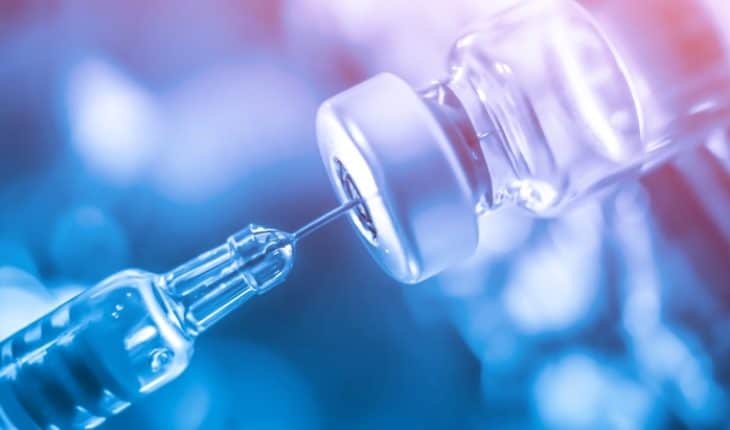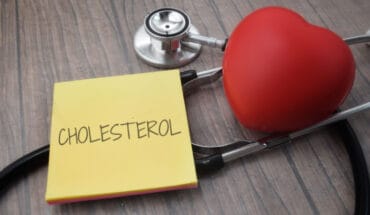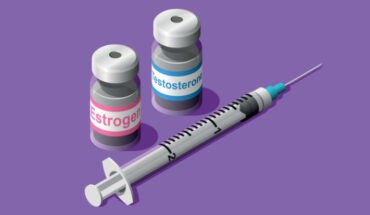It would seem that I am a rare breed. I research the safety of aluminium adjuvants used in vaccines (See; Safety concerns around aluminium adjuvants). In doing so, I acknowledge that not all vaccines that include an aluminium adjuvant are completely safe for all recipients. This is not an opinion that is openly shared by Government or those whose immediate responsibility is the health of neonates and infants.
The amount of aluminium in a vaccine is miniscule
For example, a prominent paediatrician and head of the
Oxford Vaccine Group, when asked by The Sunday Times (07/04/2019) about the toxicity of aluminium adjuvants in paediatric vaccines dismissed the possibility of toxicity with the pronouncement that “the amount of aluminium in a vaccine is miniscule” and especially, they went on to add, with respect to aluminium in the infant’s diet. This individual like most of his peers has no relevant expertise to make such a pronouncement, no understanding of the bioinorganic chemistry of aluminium at all, and yet he is happy to dismiss the possibility that an aluminium adjuvant might be toxic. At best, we can assume that he is content to share his misinformation out of ignorance. In giving him the benefit of the doubt, it should be helpful to provide him with a scientific analysis (a non-expert’s guide) of this issue.
an aluminium-adjuvanted vaccine such as Infanrix Hexa… …delivers 50 times more aluminium to the systemic circulation of an infant
In this respect, I decided to apply some science to his bold statement that the amount of aluminium in a vaccine is ‘miniscule’ and hence of no safety concern. The result of my investigation is published as a Commentary (
An aluminium adjuvant in a vaccine is an acute exposure to aluminium ) in the Journal of Trace Elements in Medicine and Biology. I tested the paediatrician’s bold statement by looking at just one injection of one vaccine,
Infanrix Hexa, administered on day 56 of an infant’s life. I compared this single, one-off exposure to aluminium (which should be considered as conservative in comparison to an infant’s actual exposure to aluminium in vaccines) with exposure through an infant’s diet, breast milk or infant formula. The latter, is of course a significant route of exposure of infants to aluminium (
Aluminium in infant formula). The result is unequivocal; an aluminium-adjuvanted vaccine such as Infanrix Hexa is an acute exposure to aluminium. It is acute in respect of immediate toxicity at the vaccine injection site and it is acute in that it delivers 50 times more aluminium to the systemic circulation of an infant than is possible through daily exposure in breast milk.
I hope that this information will be invaluable to paediatricians. When asked by parents and other interested parties paediatricians will no longer need to equate the aluminium content of a vaccine as ‘miniscule’. In fact, taking into account that an infant in the United Kingdom will receive three aluminium-adjuvanted vaccines on day 56 of their life (Infanrix Hexa, Prevenar, Men B), paediatricians charged with the health of infants might like to reconsider whether serious adverse events following vaccination might be avoided through changes in the vaccination schedule.
Professor in Bioinorganic Chemistry Keele University
Honorary Professor, UHI Millennium Institute
Group Leader - Bioinorganic Chemistry Laboratory at Keele
Latest posts by Professor Chris Exley
(see all)






There is a serious disconnect in modern medicine. Pregnant women should not eat soft cheese or salami or drink wine, but, it’s okay to inject them and their foetus with disease, toxic materials and the residue from animal, human and bird material along with Aluminium and, if they get the Flu shot, perhaps Mercury. How can anyone think around 50 injections of all of this in the first five years of life, beginning within hours of birth, if not in utero, is okay? It beggars belief. Are doctors simply poorly trained today or have they, like a lot of scientists,… Read more »
We need more real scientists like Chris Exley. We also need real doctors who do their research and listen to their patients. Instead we have to suffer with arrogant and ignorant puppets in white coats who only know how to follow a script delivered by the pHarmaceutical lobby. It would appear that the medical profession has lost its moral compass. No wonder the trust in medicine is at an all time low.